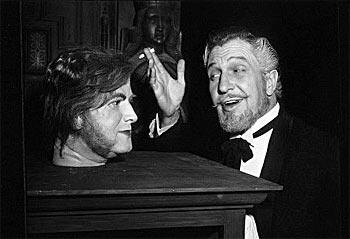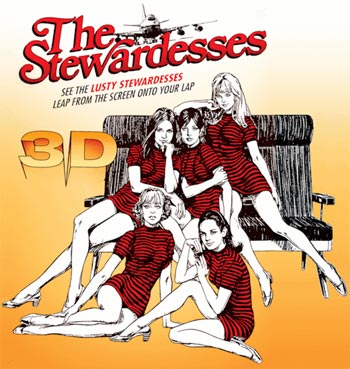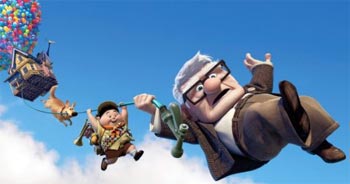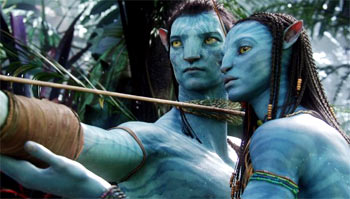
We might be excited about watching 3D films at our neighbourhood multiplexes pretty much every other week now, but the process has been around for quite a while.
Way back in the 1890s, William Friese-Greene tried projecting images side by side to be viewed through a stereoscope, and the British pioneer thus applied for the first patent for a 3D movie process.
Practical 3D viewing, however, took several decades. The golden era of 3D cinema came in the early 1950s, when there was a multitude of films made for the red and blue anaglyph glasses, the cardboard glasses already popularly distributed with 3D comic books.
Like in the comics, the fundamentals were simple: a red image and a blue image were shot simultaneously at a specific angle to each other, and when viewed together, the effect would culminate in a layering that would appear three-dimensional to the eye.

In 1953, Warner Bros released House Of Wax, a 3D feature with stereophonic sound. This feature truly popularised stereo sound in American cinema, and created the first 3D star, horror icon Vincent Price.
Price went on to become a 3D superstar -- dubbed 'the king of 3D' at the time -- by starring in the most 3D productions.
Studios started pouring money heavily into 3D, since it brought viewers to theatres by giving them an experience television could not, and both Disney and Columbia went into 3D in a major way, the latter even taking The Three Stooges into 3D, hoping that slapstick would work the best in the new format, with pies being thrown directly at the audience.

Yet the format was soon plagued by technical issues, mostly owing to synchronised projection and maintaining the quality of prints.
3D became increasingly unprofitable and it was only in 1970 that there was the next big 3D leap -- and it was because of sex, naturally.
The combination of 3D and sex was an obvious one, and Stereovision cashed in bigtime with The Stewardesses, an X-rated feature made on a $100,000 budget that grossed well over $27 million -- and we're talking 1970 money here.
Not just is this still the most profitable 3D film in history, but the softcore skin-flick ran for over a year in some theatres and, thanks to domestic rentals over the decades, has taken in over 300 times its original budget, making it one of the all time biggest film successes.

In the 1980s, a slew of genre movies were released in 3D, including Friday The 13th Part III, Jaws 3D and Amityville 3D. And while horror continued to lend itself to 3D, the films remained but a passing novelty.
It is only in recent years that things are actually changing. In 2003, James Cameron filmed Ghosts of The Abyss, an IMAX feature which exposed audiences to a whole different kind of 3D.
In 2004, Robert Zemeckis released The Polar Express, IMAX's first full-length animated 3D feature. The film's 3D version made about 14 times more per screen than the 2D version.
Clearly 3D wasn't just a gimmick anymore.

Yet while IMAX confined the viewers to specific auditoriums, the last couple of years have seen the rise of Disney Digital 3D, which gives pretty much any multiplex access to 3D projection.
Films like Bolt and Up have been major successes in this format.
What's next?
Well, Steven Spielberg said a few years ago that he is involved in a 3D system that doesn't need glasses, based on plasma screens.
Meanwhile, James Cameron is back at bat with Avatar.

Avatar, a film developed using over $500 million, is the most expensive film ever made. The epic film is slated to advance 3D viewing by a massive leap, offering the viewer an immersive experience like never before.
Shot on cameras made specially for the film, this one could be the big push that takes 3D truly mainstream.
Avatar releases worldwide on December 16, and it could be just what theatre audiences are waiting for -- without even knowing it. Or it could be yet another gigantic misstep.
We'll all know soon enough.